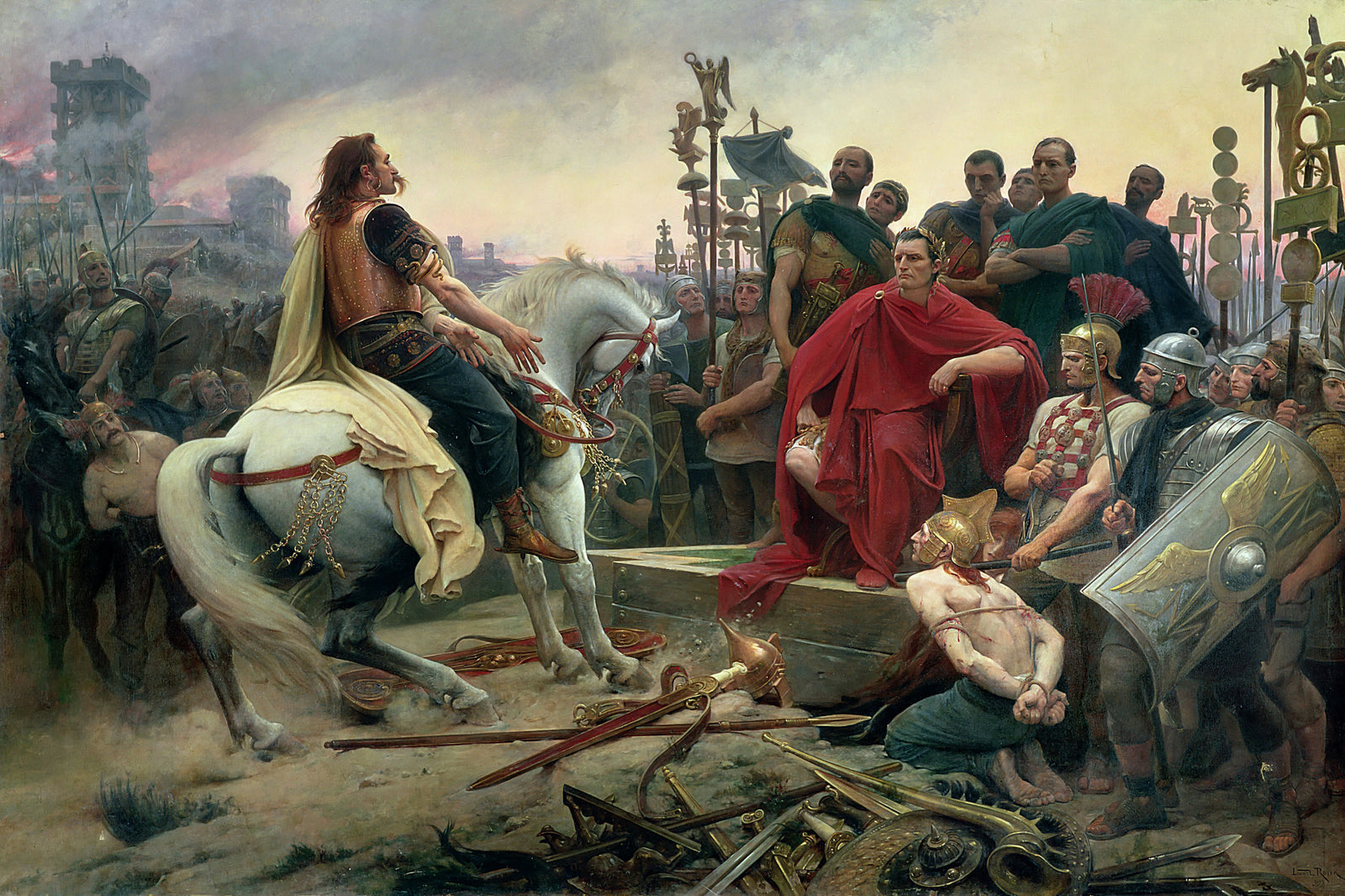Vercingetorix (82-46 BC) was a Gallic chieftain who rallied the tribes of Gaul (modern-day France) to repel the Roman invasion of Julius Caesarin 52 BCE. His name means "Victor of a Hundred Battles" and was not his birth name but a title and the only name he is known by.
Little is known of Vercingetorix prior to his rebellion of 52 BC except that he was the son of an aristocratic Gallic chief and a respected member of his tribe. Vercingetorix's father, Celtillus, was an aristocrat and leader of one of the strongest tribes in Gaul, the Averni, who commanded the allegiance of some lesser tribes. The Averni maintained a long-standing feud with another Gallic tribe, the Aedui, who had their own allies to help maintain the balance of power. Although the tribes had united to attack and loot Rome in the 4th century BC, they did not much concern themselves with matters outside their region.
Statue of Vercingetorix in Alesia, France.
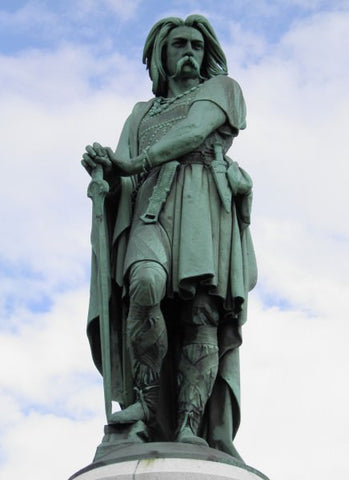 Having been appointed governor of the Roman province of Gallia Narbonensis (modern Provence) in 58 BC, Julius Caesar proceeded to conquer the Gallic tribes beyond over the next few years, maintaining control through a careful divide and rule strategy. He made use of the factionalism among the Gallic elites, favoring certain noblemen over others with political support and Roman luxuries such as wine.
Having been appointed governor of the Roman province of Gallia Narbonensis (modern Provence) in 58 BC, Julius Caesar proceeded to conquer the Gallic tribes beyond over the next few years, maintaining control through a careful divide and rule strategy. He made use of the factionalism among the Gallic elites, favoring certain noblemen over others with political support and Roman luxuries such as wine.
Certain tribes of the Gauls refused to accept this new status as a conquered nation, especially because they had been so instrumental in driving out the Germans. A Gallic leader named Ambiorix of the Eburones tribe raised his people to revolt, claiming their right to freedom in their own country. Caesar took command of the Roman forces himself, instead of trusting the mission to one of his generals, and attacked the Gauls without hesitation or mercy. The Eburone tribe was massacred as an example to any others who might dare raise a force against Rome and, to underscore his message, any survivors were sold into slavery and the tribe's lands burned.
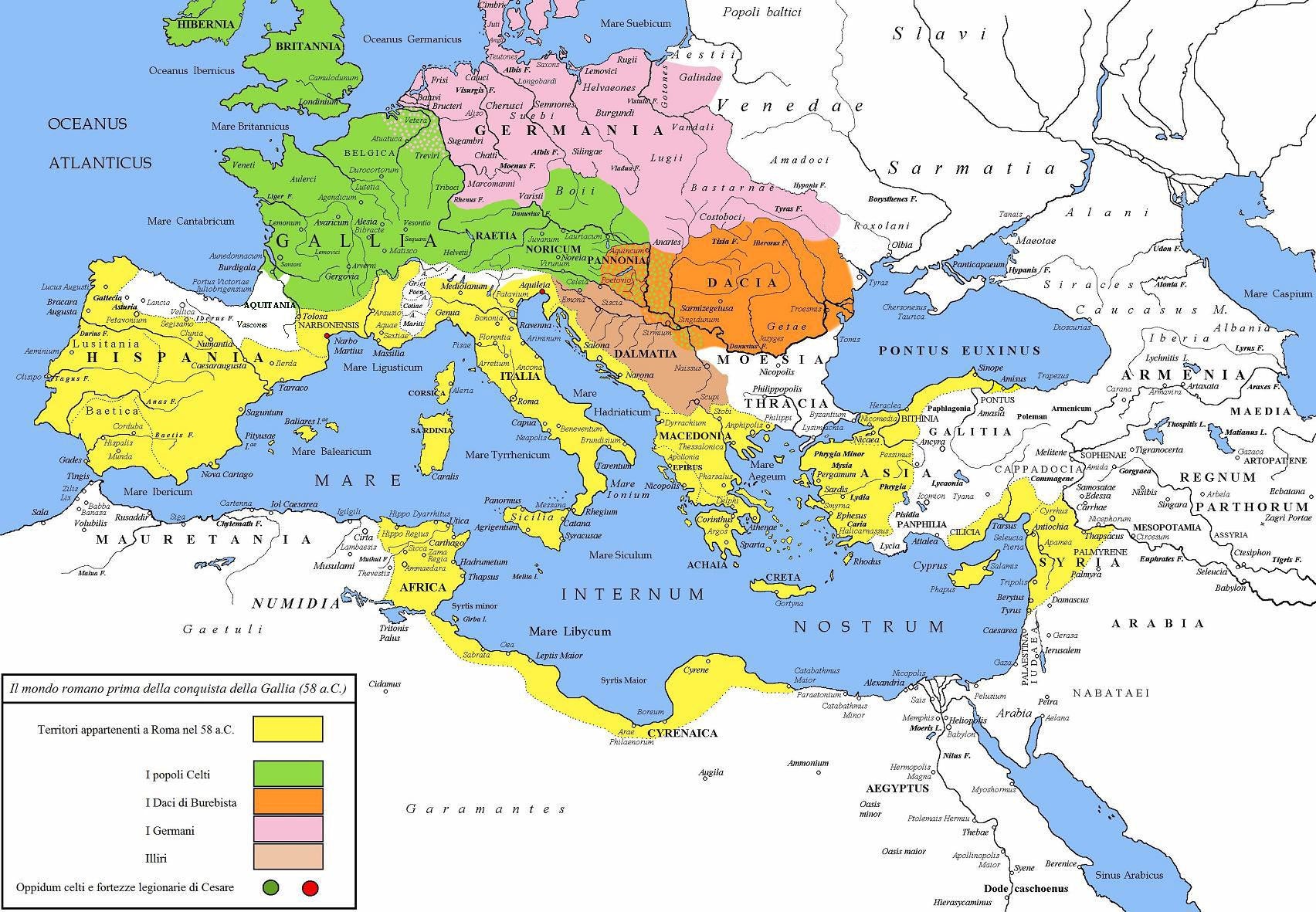
Map of the land occupied by the Gauls and Roman Republic in 58 BC
The revolt that Vercingetorix came to lead began in early 52 BC while Caesar was raising troops in Cisalpine Gaul. Believing that Caesar would be distracted by the turmoil in Rome following the death of Publius Clodius Pulcher, the Carnutes, under Cotuatus and Conetodunus, made the first move, slaughtering the Romans who had settled in their territory.
He made alliances with other tribes, and having been unanimously given supreme command of their armies, imposed his authority through harsh discipline and the taking of hostages. He adopted the policy of retreating to natural fortifications, and undertook an early example of a scorched earth strategy by burning towns to prevent the Roman legions from living off the land.
A major battle took place at Gergovia, capital city of the Arverni and Vercingetorix. During that battle, Vercingetorix and his warriors crushed Caesar's legions and allies, inflicting heavy losses. Vercingetorix then decided to follow Caesar but suffered heavy losses (as did the Romans and allies) during a cavalry battle and he retreated and moved to their stronghold, Alesia.
At the Battle of Alesia, the Romans besieged and defeated his forces. In order to save as many of his men as possible he gave himself to the Romans. Dressed in his finest armor, Vercingetorix was an imposing figure, even in defeat, many in Caesar's camp were startled; though not, it seems, Caesar himself. Without saying a word, Vercingetorix slowly removed his armor and then fell to his knees at Caesar's feet.
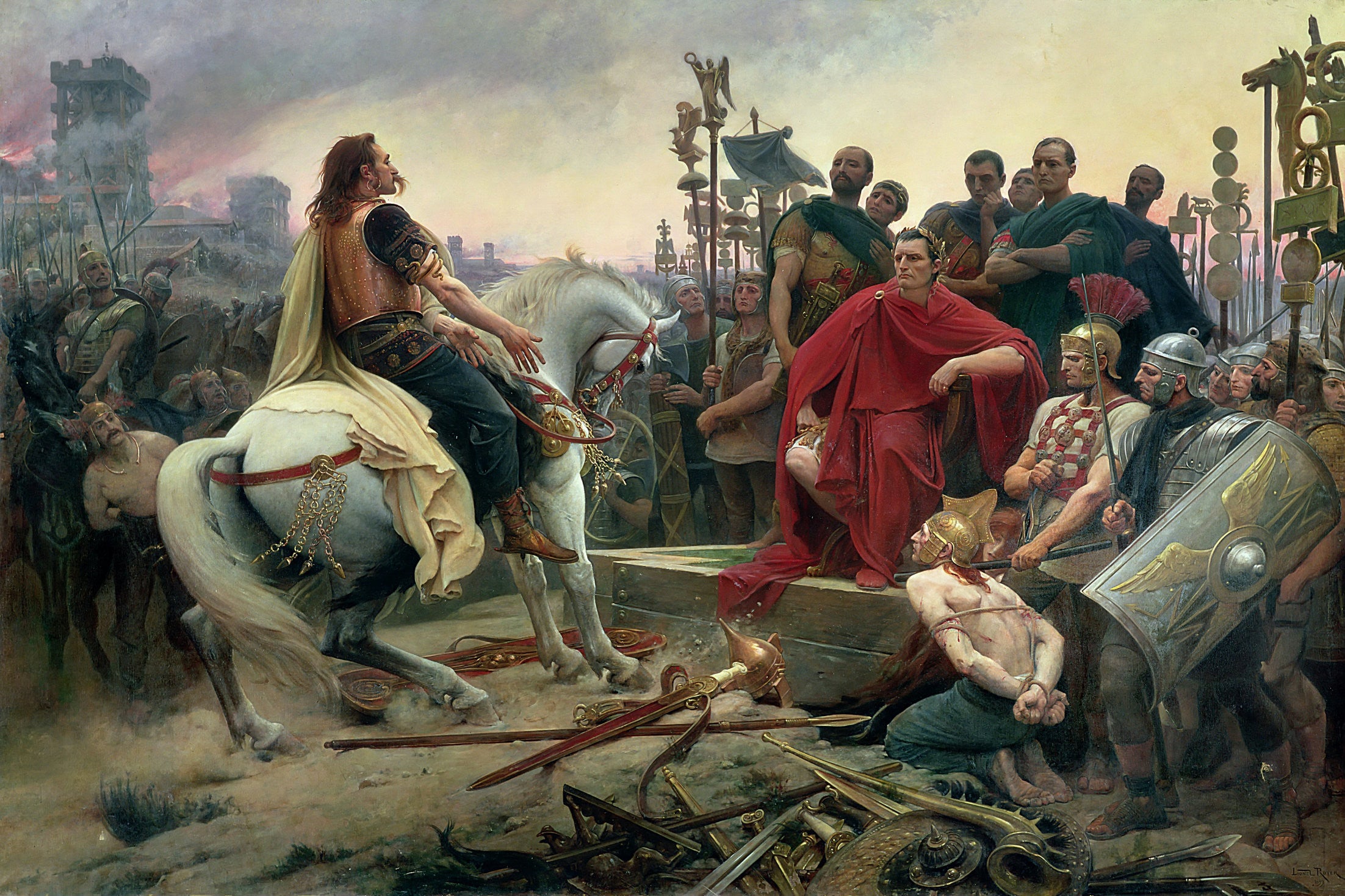
The surrender of Vercingetorix following the Siege of Alesia
The defenders of Alesia were massacred, sold as slaves, or given as slaves to the soldiers for their service during the siege. When Caesar had completed the last details of his conquest of Gaul, Vercingetorix was dragged from his prison to appear in Caesar's triumphal parade through the Roman streets; then he was executed.
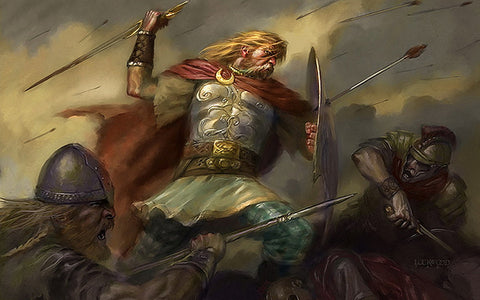 In this painting, Vercingetorix can be seen wearing the very characteristic torc (neck ring) that was common among the Celts. Here at Brian de Staic, we specialise in recreating these Celtic artifacts in the form of beautiful jewellery. Check this pieces out here.
In this painting, Vercingetorix can be seen wearing the very characteristic torc (neck ring) that was common among the Celts. Here at Brian de Staic, we specialise in recreating these Celtic artifacts in the form of beautiful jewellery. Check this pieces out here.

